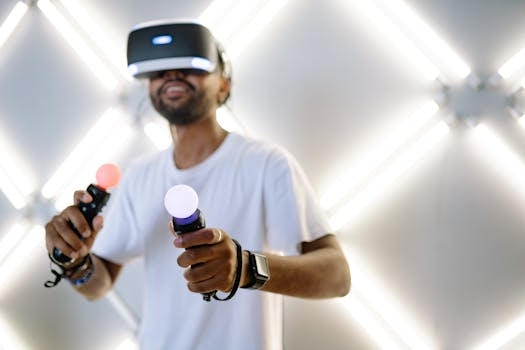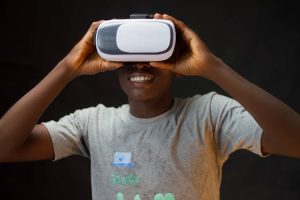Spatial Computing: Merging Digital and Physical Realities
The world of technology is constantly evolving, and one of the most exciting advancements in recent years is the development of Spatial Computing. This revolutionary technology merges the digital and physical worlds, creating a whole new dimension of interactive experiences. The power of Spatial Computing lies not only in its ability to bring the virtual world to life, but also in its potential to transform the way we interact with our physical surroundings. In this article, we will delve into the world of Spatial Computing and explore how it is bridging the gap between the digital and physical realities.
Understanding Spatial Computing
Before we dive into the merging of digital and physical realities, it is essential to understand what Spatial Computing actually is. Simply put, it is a concept that enables the interaction between human and computer to take place in a way that is more natural and intuitive. Spatial Computing creates an immersive environment by using sensors, cameras, and other devices to detect and respond to human movements and gestures. This technology allows for the seamless integration of the virtual and physical worlds, blurring the lines between what is real and what is not.
The Components of Spatial Computing
Spatial Computing comprises three essential components, namely, Mixed Reality, Augmented Reality, and Virtual Reality. Mixed Reality (MR) is a blend of digital and physical worlds, where virtual objects can interact with the real world. On the other hand, Augmented Reality (AR) overlays virtual objects onto the real world, enhancing the user’s perception of reality. Lastly, Virtual Reality (VR) is a completely immersive experience where users are transported to a virtual world, detached from the physical environment.
The Benefits of Merging Digital and Physical Realities
The possibilities that arise from merging digital and physical realities are endless. One of the most significant advantages of Spatial Computing is its potential to bridge the gap between the digital and physical worlds, creating a seamless experience for users. With the integration of MR, AR, and VR, this technology has the power to revolutionize industries such as education, healthcare, design, and entertainment.
Transforming Industries
Spatial Computing has the potential to transform many industries, making tasks more efficient and immersive. In the education sector, teachers can create interactive lessons using MR and VR, allowing students to explore topics in a more engaging manner. In the healthcare industry, AR can be used for medical training and even to assist surgeons during procedures. Spatial Computing is also changing the game in the design industry, where architects can use MR to showcase real-time 3D models to clients, allowing them to see their designs come to life before construction even begins. In entertainment, VR has revolutionized the gaming industry, offering players a fully immersive experience.
The Role of Google SEO in Spatial Computing
In this digital age, having an online presence is crucial, and Google SEO plays a significant role in ensuring your content is discovered by your target audience. For businesses that are incorporating Spatial Computing, optimizing their content for Google search is highly recommended. By incorporating relevant keywords and phrases related to Spatial Computing, businesses can increase their chances of being discovered by potential customers.
Creating Engaging and SEO-Optimized Content
When creating content for Spatial Computing, it is crucial to strike a balance between being engaging and SEO-optimized. While it is essential to incorporate relevant and popular keywords, it is equally crucial to create quality content that will keep readers engaged and interested. In the ever-changing landscape of Google SEO, it is essential to keep up to date with the latest trends and algorithms to ensure that your content stays at the top of search engine results.
In Conclusion
In today’s digital age, Spatial Computing is undoubtedly one of the most exciting advancements in technology. By merging the digital and physical worlds, it has the potential to transform industries and change the way we interact with our surroundings. With Google SEO being a vital element in getting content discovered, it is crucial for businesses to create engaging and SEO-optimized content to showcase the power and potential of Spatial Computing.
In conclusion, Spatial Computing is more than just a buzzword; it is a game-changing technology that is here to stay. By understanding its components, benefits, and potential role in Google SEO, businesses can stay ahead of the curve and harness the power of Spatial Computing to take their digital and physical experiences to new heights.









